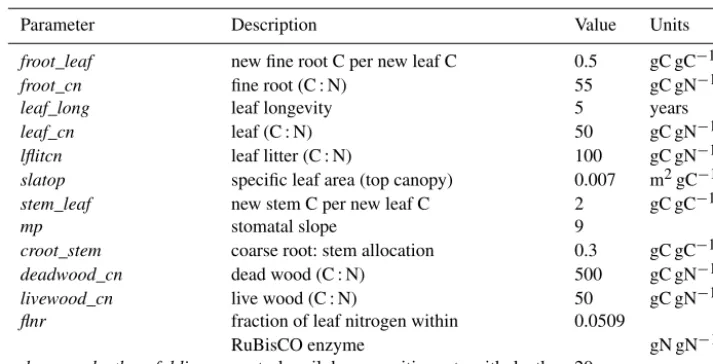An observational constraint on stomatal function in forests: evaluating coupled carbon and water vapor exchange with carbon isotopes in the Community Land Model (CLM4.5)
Full text
Figure




Related documents
first introduced current concepts of administrative search law. Re- fusing to uphold the constitutionality of warrantless housing in- spections, the Court found that
"The immunity of a foreign vessel of war is frequently said to apply in respect of members of the crew while on shore and 'on duty/ This un-. doubtedly has furnished the
Based on the quantitative results, eight representative case studies (four pairs) that had different price performance histories were selected across different locations
With the availability of a high density of SNP markers assayed on these advanced genotyping platforms, monomorphic marker loci could be used to detect outcrossing or seed mixture
Results: FK866 significantly promoted liver steatosis in the mice fed with HFD and hepatic lipid accumulation in vitro, accompanied by the increases of the expressions of
Expenses accounted for in this fund include the cost of metals used in circulating coin production, the cost of metals (gold, silver, platinum, cupro-nickel, magnesium and zinc) used
A significantly greater percentage of patients treated with droxidopa compared with placebo administration had improvements of ≥ 2 units or ≥ 50 % in OHSA Item
Several risk algorithms were then constructed using disease risk variables collected through chart review by a pediatric oncologist, and compared to a risk algorithm based on




